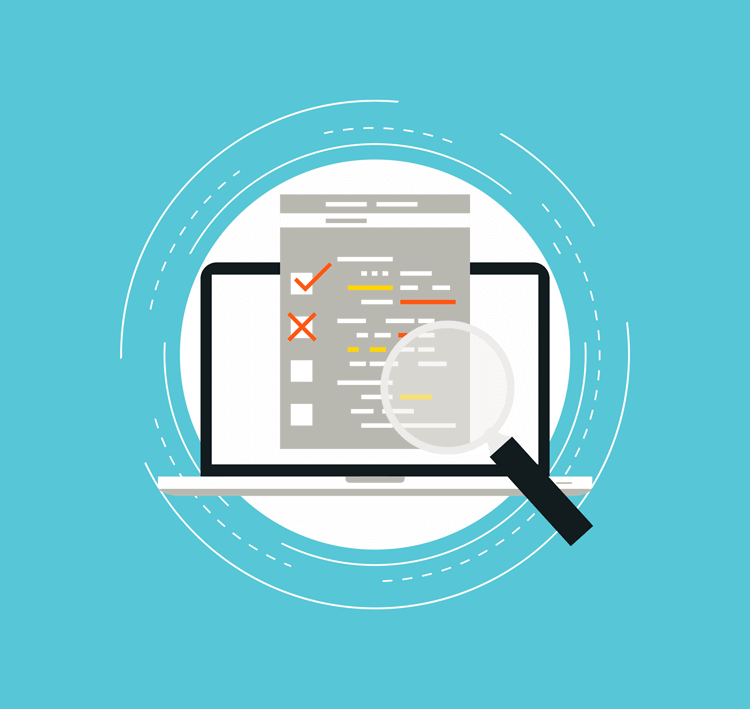ITIL Change Types Fully Explained: Plus Selecting the Right App and Pro Tips
Effective IT Service Management (ITSM) demands a structured approach to handling changes. That's where different types of changes in ITIL® come into play. By categorizing changes, organizations can manage everything from routine updates to urgent fixes with greater stability and efficiency.

This guide explores each type, their use cases, and best practices to help you master ITIL Change Management.
Breaking Down ITIL Change Types: Which One Fits Your Needs?
ITIL change types are categories of changes, defined by three distinct levels. These help make sure every modification is handled with the right level of oversight and urgency. Understanding these types is key to managing changes effectively.
Let's examine each one and when they're most appropriate:
Standard Changes: The Backbone of Predictable IT Adjustments
Standard changes are pre-approved, low-risk modifications that follow a predefined process. These changes are routine, repeatable, and often automated, making them quick to implement without significant oversight.
Examples of Standard Changes:
- Applying software updates or patches
- Adding a new user to a system
- Routine hardware replacements
Normal Changes: Balancing Flexibility and Control
Normal changes are non-routine but planned modifications that require approval before implementation. They involve varying levels of risk and impact, necessitating proper evaluation and coordination.
Examples of Normal Changes:
- Migrating a system to the cloud
- Upgrading a database or server infrastructure
- Deploying new software applications across the organization
Emergency Changes: When Speed is the Only Option
Emergency changes are high-priority modifications made in response to unexpected and urgent issues. These changes are implemented quickly to address critical problems but still require documentation and post-implementation review.
Examples of Emergency Changes:
- Fixing a security vulnerability after a cyberattack
- Restoring a failed system or service
- Applying an urgent patch to resolve a critical bug
Read More: Explore the ITIL Change Management Process.
Picking the Perfect ITIL Change Management Tool
Selecting the right ITIL change management tool can make all the difference in executing efficient and effective change processes. The ideal tool should align with your organization's needs while supporting ITIL's structured framework. Here's what to consider:
Key Features to Look for in a Tool
- Customization Options: Allows you to tailor workflows to your organization's unique processes. Every organization is different, so finding a flexible software option is ideal.
- Automation Capabilities: Streamlines approvals and notifications for standard changes. Avoid bottlenecks whenever possible!
- Risk Assessment Tools: Helps evaluate the potential impact and risks of normal and emergency changes. Take the guesswork out of the equation — is there a potential for lost data or downtime if particular changes are made?
- Reporting and Analytics: Provides insights into change performance and trends. Did the installed update actually improve the customer journey? Did it patch a security vulnerability that was present earlier on?
- Integration Compatibility: Ensures seamless connectivity with existing ITSM tools and systems.
Why Giva is a Trusted Choice for ITIL Change Management
Giva offers an ITIL-aligned, cloud-based change management solution designed to streamline your change processes:
- Intuitive Interface: Giva's platform is user-friendly, requiring minimal training for your team.
- Rapid Deployment: Building on the point above, Giva's solution can be deployed in just days, accelerating your change management initiatives.
- Efficient Workflows: Utilize easy-to-use change request, approval, and control workflows to manage changes effectively.
- Comprehensive Visibility: Access an interactive RFC monthly calendar for an overview of the entire change management process.
- Asset Linking: Link hardware and software assets directly to change requests, consolidating all details and files in one place.
Still not convinced? Get a free demo to see Giva's IT Change Management solution in action!
Pro Tips for ITIL Change Management Success
Implementing ITIL change management effectively requires a combination of thoughtful planning, structured processes, and ongoing evaluation. Follow these practical best practices to streamline your ITIL change management lifecycle:
- Document Every Change: Maintain thorough records of all change requests and their outcomes. This helps maintain compliance with ITIL change management practices.
- Classify Changes Properly: Properly categorize changes (standard, normal, or emergency) to optimize your service management processes. This also helps new hires in future situations best understand how to classify particular situations.
-
Establish a Change Advisory Board (CAB): For normal and high-impact changes, engage the CAB to evaluate risks and approve ITIL change requests in a more efficient timeframe.
Learn about CAB activities with our sample CAB meeting blog post.
- Prioritize Risk Assessment: Evaluate potential impacts to prevent disruptions during the ITIL service transition phase. Downtime = frustrated customers and lost revenue. Needless to say, it should be avoided at all costs!
- Automate Where Possible: Use tools that align with ITIL service management frameworks to automate approvals and reduce manual effort.
- Communicate Across Teams: Effective communication is critical to maintaining alignment with broader ITIL change management processes. Ensure teams across the organization are informed about what is going on. Transparency is key.
- Schedule Changes Strategically: Plan implementations during low-usage periods to avoid major disruptions, particularly in the service transition lifecycle. Overnight (early morning hours between 1AM and 5AM), and weekends are popular times for IT maintenance work.
- Monitor and Evaluate Post-Implementation: Track the success of changes to improve the ITIL change management lifecycle continuously.
Read More: Visit our ITIL Change Enablement page for more information, or check out our complete ITIL Resource Center.
Wrapping Up: ITIL Change Types Made Simple
Understanding ITIL change types is critical for effective IT service management, ensuring processes are efficient, risks are minimized, and services remain uninterrupted. Here's a recap of the key insights:
Standard Changes: Routine, low-risk changes either with no approval needed, or pre-approvals already in place. They require minimal oversight.
Normal Changes: Changes that follow a structured review, evaluation, and authorization process to manage risks effectively.
Emergency Changes: High-priority changes that address urgent issues, often implemented quickly with post-change reviews.
Correctly identifying and managing these change types improves service reliability and compliance with ITIL best practices.
Giva Provides Tools and Insights to Help You Master ITIL Change Processes
Giva can help your team manage changes to satisfy all stakeholders.
Want to learn more? Check out these expert resources:
- Essential Change Management Roles and Responsibilities
- Top 7 KPIs for Measuring Change in ITIL
- IT Change Management Stakeholders: The Complete How and Why of Identifying and Analyzing
Or, book a free Giva demo to see our solutions in action, or start your own free, 30-day trial today!





